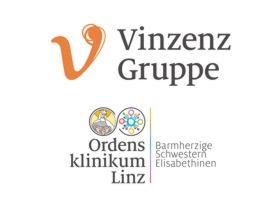Martinek, Martin, Meyer, Christian, Hassanein, Said, Aichinger, Josef, Bencsik, Gabor, Schoefl, Rainer, Boehm, Gernot, Nesser, Hans-Joachim und Purerfellner, Helmut
(2010)
Identification of a high-risk population for esophageal injury during radiofrequency catheter ablation of atrial fibrillation: procedural and anatomical considerations.
Heart rhythm, 7 (9).
pp. 1224-30.
ISSN 1556-3871
Für diesen Eintrag wurde kein Volltext-Dokument angefügt.
Kurzfassung
BACKGROUND
Atrioesophageal fistula is an uncommon but life-threatening complication of atrial fibrillation (AF) ablation. Esophageal ulcerations (ESUL) have been proposed to be potential precursor lesions.
OBJECTIVE
The purpose of our study was to prospectively investigate the incidence of ESUL in a large patient population undergoing radiofrequency catheter ablation (RFA). Additionally, we aimed to link demographic data and lesion sets with anatomical information given by multislice computed tomography imaging and to correlate these data with the development of ESUL.
METHODS
This study included 267 patients and consecutively screened all individuals for evidence of ESUL 24 h after RFA of AF by endoscopy of the esophagus. A standardized ablation approach using a 25-W energy maximum at the posterior left atrial (LA) wall without esophagus visualization, temperature monitoring, or intracardiac ultrasound was performed.
RESULTS
In total, we found 2.2% of patients (6 of 267) presenting with ESUL. Parameters exposing a specific patient to risk of developing ESUL in univariate analysis were persistent AF (5 of 95, P = .023), additional lines performed (roofline: 6 of 114, P = .006; LA isthmus: 4 of 49, P = .011; coronary sinus: 5 of 66, P = .004), and LA enlargement (P = .001) leading to sandwiching of the esophagus between the LA and thoracic spine. Multivariate analysis revealed LA-to-esophagus distance as the only significant risk factor.
CONCLUSION
This study is the first to link anatomical information and procedural considerations to the development of ESUL in radiofrequency ablation for AF. Furthermore, it reveals the correlation and individual impact of these factors. Not a single patient with pulmonary vein isolation alone developed ESUL.
Actions (login required)

- Eintrag anzeigen


 Tools
Tools Tools
Tools